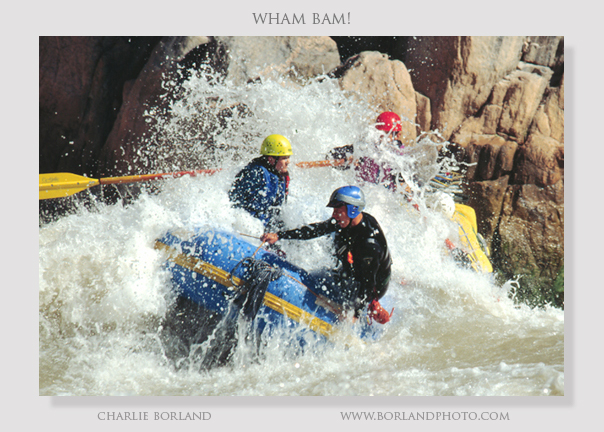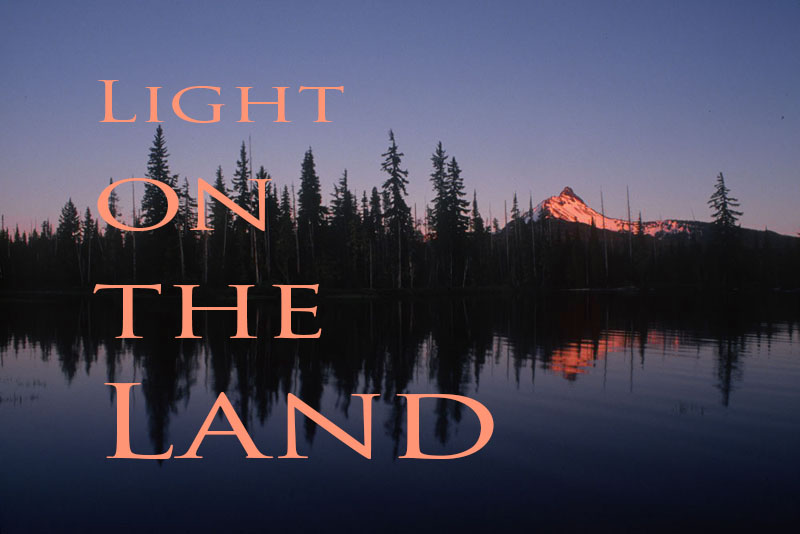Like most photographers, I plan my photo shoots whenever it suits me or whenever I must, like an assignment. The rest of the time that big camera bag is tucked away.
I have heard over and over during my career, that successful photographers always have a camera with them and I sure remember many times I wished I had my camera with me. The thought of always having my dslr with me did not sit well in my mind as I did not always want a camera slung over my shoulder except during a photo outing.
A intentional photographic foray, with the gear, is a conscious effort to go hunt for visual prey. For me it is intensive effort to dig deep and go far with my imagination and imagery. I leave everything behind and immerse myself in a world where I tune out most thoughts and focus specifically on what is around me. This is why I, and probably you, shoot. It’s like another magical world.
I am not always able to put in that effort during normal days/weeks due to ‘life’. Eventually I reach a point where I obsess over my need to ‘go shoot’ and so I do. But in-between those shoots when I am out and about without my gear, in the outdoors or wherever, I have that smartphone to satisfy the need to create even one image.
Not that my smartphone is anywhere close to being a replacement for my dslr, but I can shoot when I see a worthy subject no matter where I am. In fact, I am a ‘happy snappin’ addict now. I am thrilled with the simplicity of just snappin’ without all the setup of my gear and the change to find and capture is just as exciting as it is with my dslr in the field.
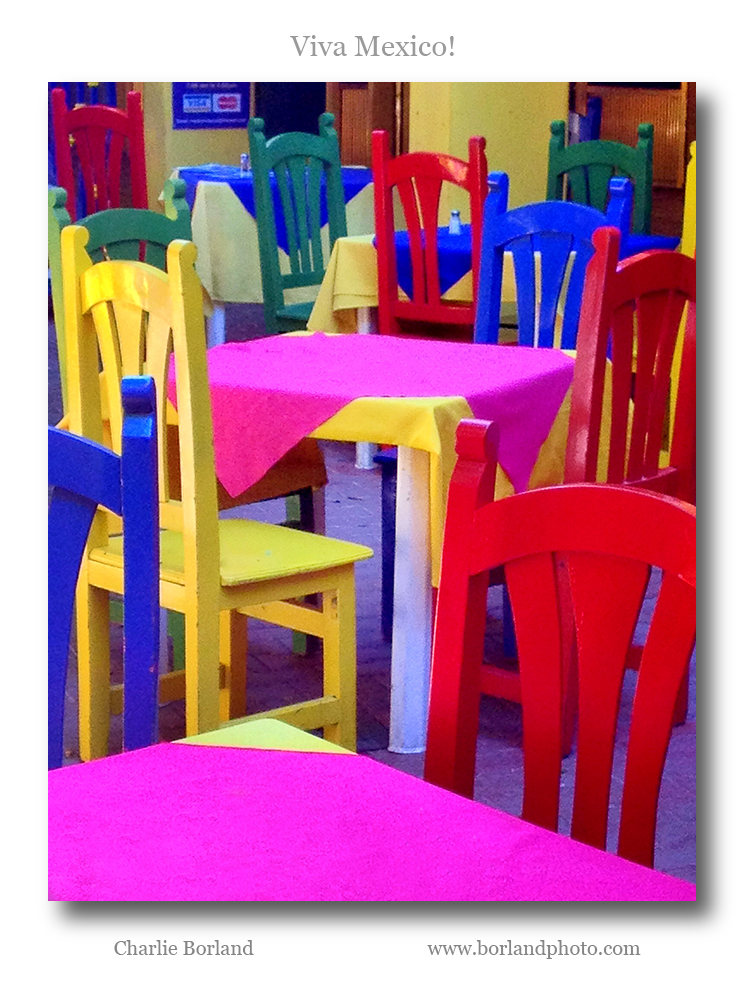
So this photo is one such image captured when we walked across into Mexico a few months ago. These colorful chairs in an outdoor cafe made a great design with a mix of colors and it has the impact I like in my photos. I zoomed with the iPhone and then processed it with the Mix app.
I submitted it to my stock agencies smartphone image library as well but it was rejected due to no photo release. Hmmm? 🙂



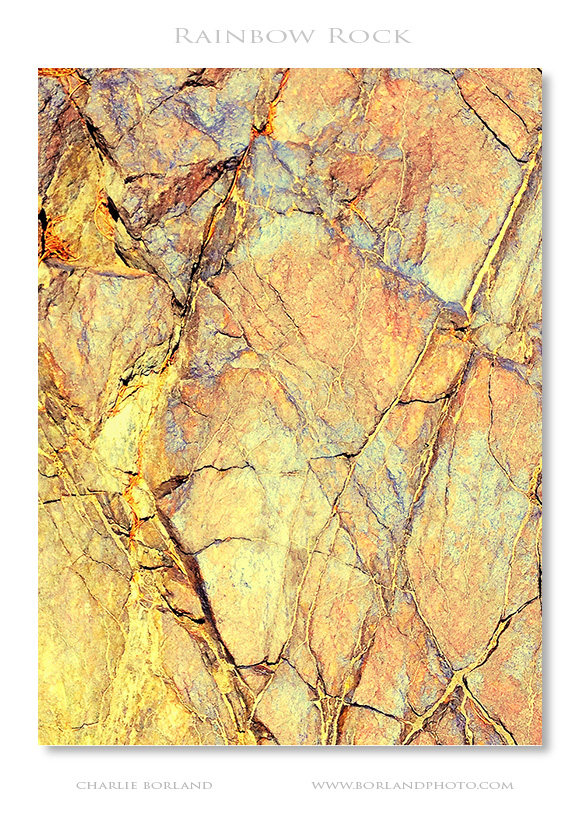

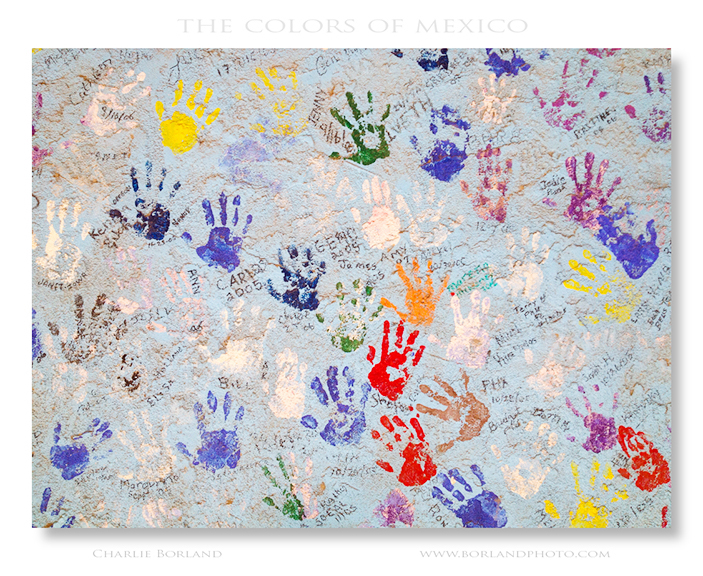
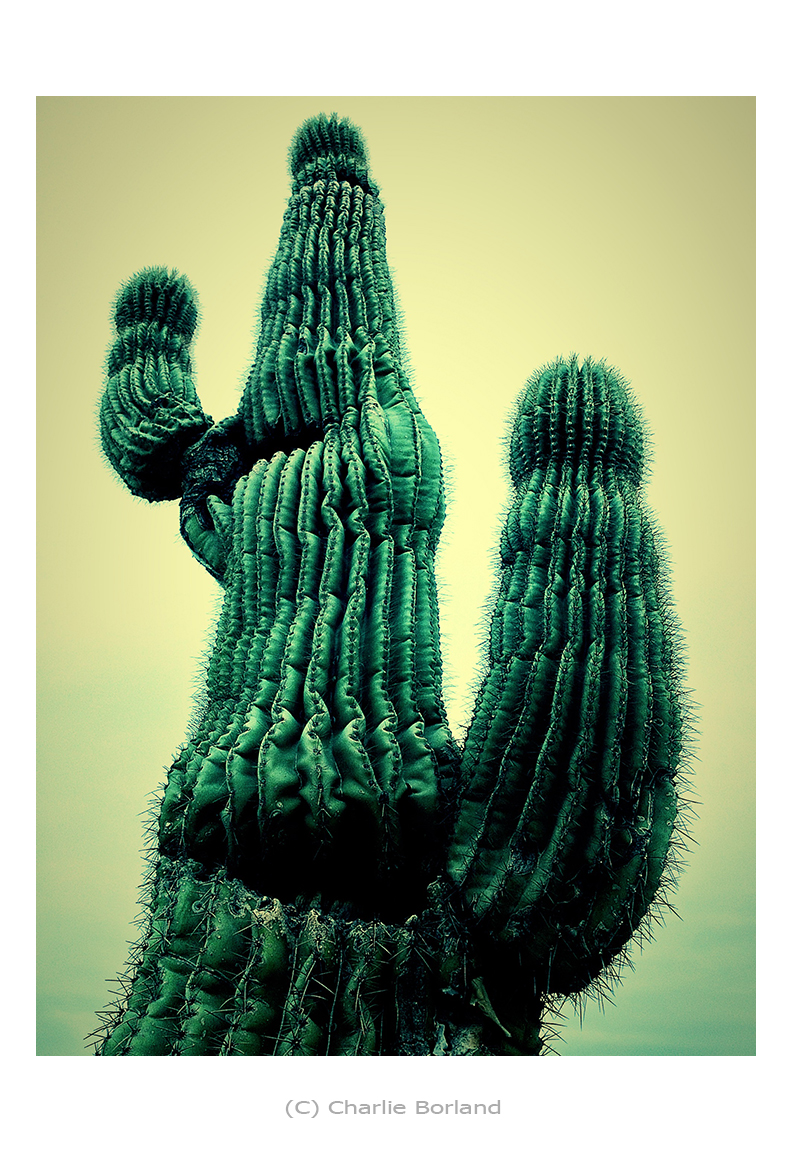

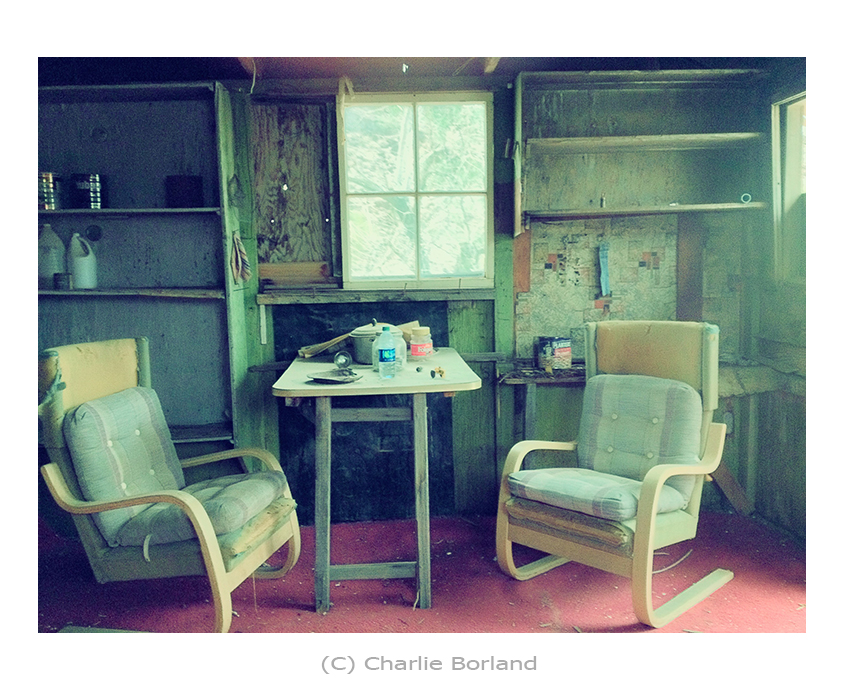


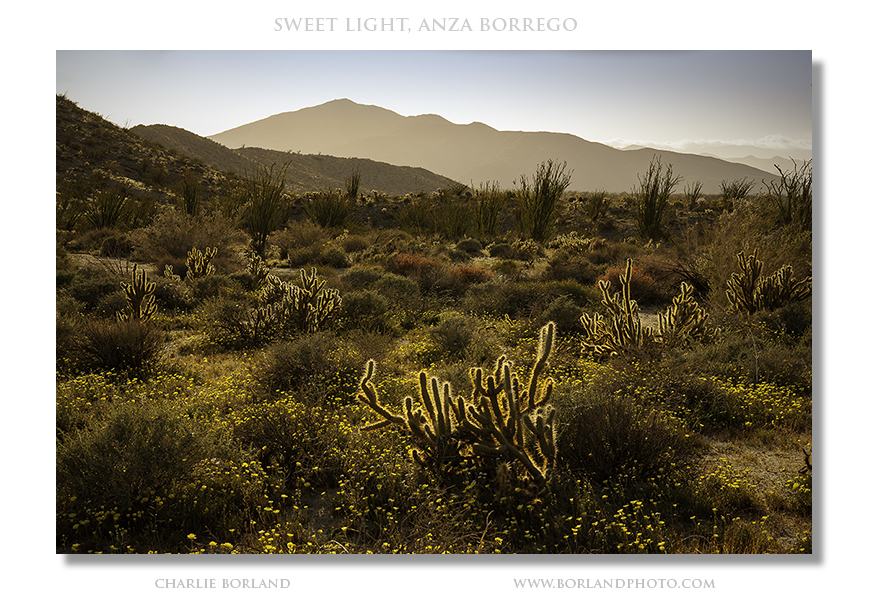
 Join my mail list on the right side. Get my eBook above. Checkout my online photography course:
Join my mail list on the right side. Get my eBook above. Checkout my online photography course: 